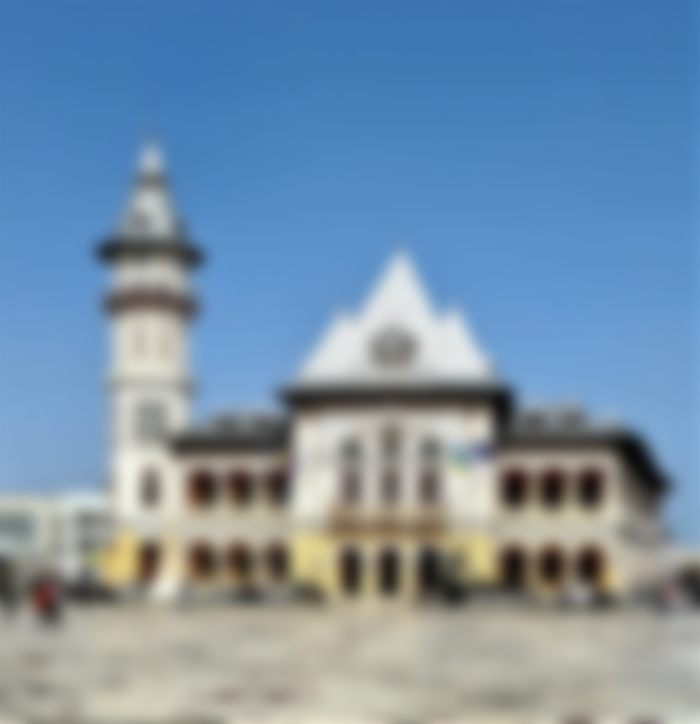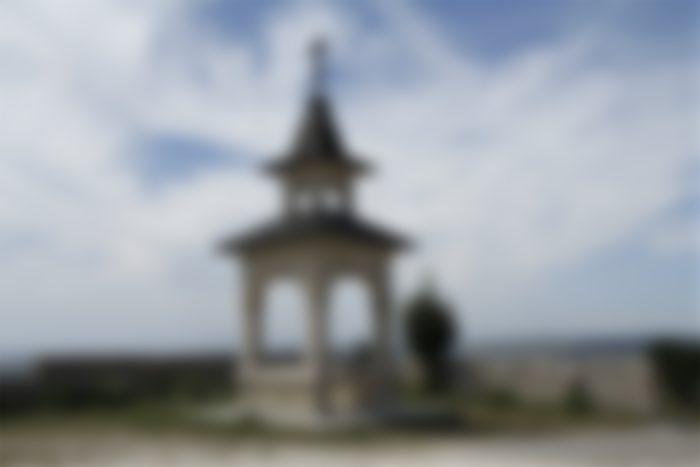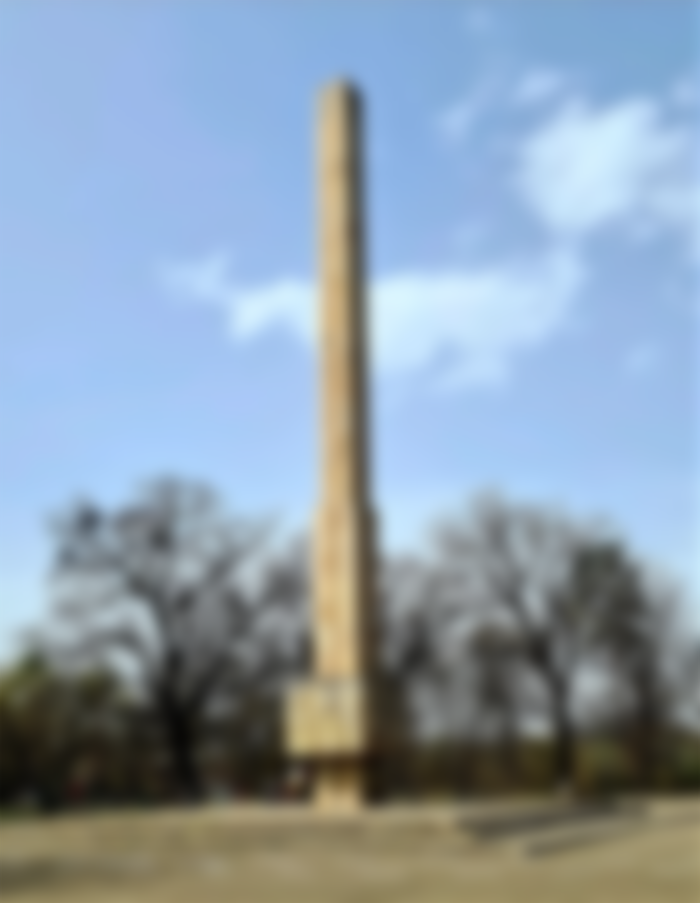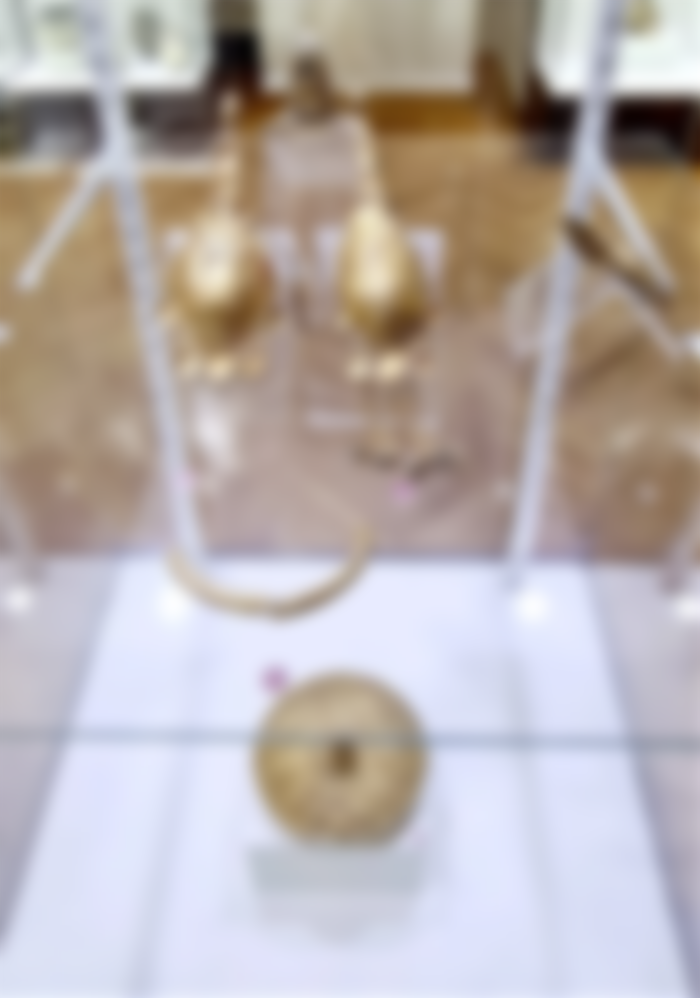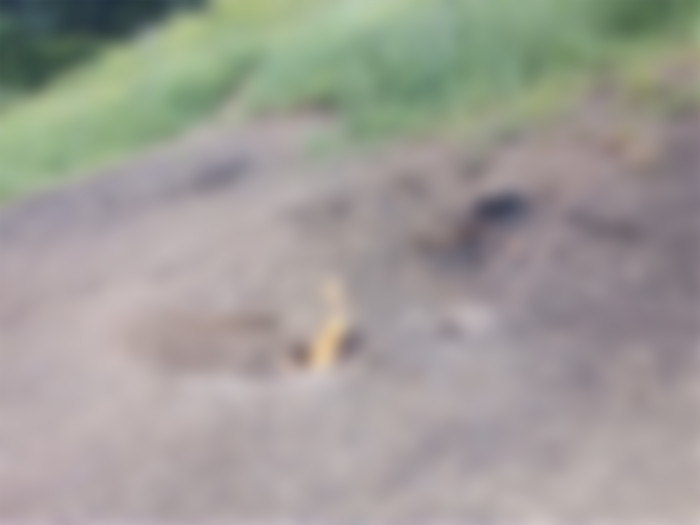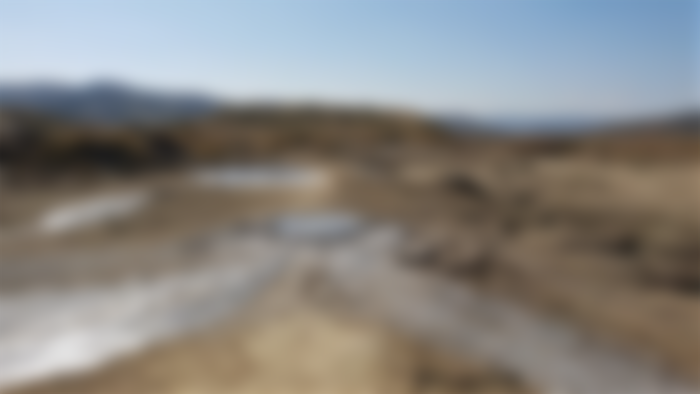Tourist In My Home Town #1 : Exploring Buzau City As A Guest
Have you ever looked at your home town from a tourist perspective? It's impossible to do it when you live there, and the work routine kills your explorer vibes. The city landmarks and attractions are not so appealing when you seen them around since childhood.
I left Romania in 2011, and returned every year during the summer for few weeks. However, the period is still short and I always been busy sorting bureaucratic stuff, or visiting the relatives.
Let me introduce you to my home town, the place where I grew up. I will take you on a trip down memory lane, starting roughly when the world wide web was launched, and then I will take you back to Web3 times!
The city of Buzău is the county seat of Buzău County, in the historical region of Muntenia. It's a place full of natural beauty as it lies between the south-eastern curvature of the Carpathian Mountains and the lowlands of Bărăgan Plain.
Buzău is also a railway hub in south-eastern Romania, where railways that link Bucharest to Moldavia and Transylvania to the Black Sea coast meet ... and my birth place. I grew up without worries and without smartphones, in a world where children still had childhood fun with frens'
The town was named several times in Greek or Roman papers, with over 1650 years since the first mention. Buzau has been a market town, an Eastern Orthodox Episcopal center, and suffered repeated destructions during the 17th and 18th centuries. However, the first mention of Buzau (the nearby river) was in a document written in Greek, dated 376 AD that is recounting the martyrdom of Sabbas the Goth.
There are many landmarks and attractions, which I never seen them as important during my childhood. There were just buildings or recreational areas I was seeing on a daily basis.
The Communal Palace is the city's landmark building, and the Crâng Park is the main recreational area, while the Phoenix bird is symbolized on the city seal! The Communal Palace was built between 1899-1903 in Venetian architectural style, serving as the Buzau city hall.

One of the interesting landmarks I visited as a child was the One Stone Church, placed in the top of a hill! As the name says ... the church was built from a single stone extracted from the stone quarry situated 50 meters away. The church mixed new techniques with the traditional orthodox style, and the beauty of the place is given by the wonderful panoramic view over the huge plain of Baragan.

The written history of the city begins with that of Wallachia, a land of pristine beauty. However, the archeological sites belonging to Gumelnița and Monteoru cultures prove the presence of human inhabitants even before the Christian era.
The town has eight historical monuments classified as national treasures: the Church of the Birth of Christ, the Church of the Annunciation, the Church of the Dormition, the HQ of the Orthodox Bishopric and Church of the Dormition (1649), the chapel built in 1841, the 17th century Episcopal Palace, the old seminary, the chancellery, the gate belfry and the compound wall built in the 18th century, the Vergu-Mănăilă mansion, the Vasile Voiculescu County Library (1914) and the Communal Palace!
We don't live far away from the posh lands, only 100 km north-east of Bucharest. The town been at the crossroads of the three main Romanian historical provinces: Wallachia, Transylvania and Moldavia.
The Crang is a park, national protected area and a wild life heaven. The ancient oak forest makes up the main green area of Buzău. This was the place where we were going to play football as children, where I was walking my dates as a teenager and where old people go to play chees.
The football stadium was built at the Crang outskirts, the home of Gloria Buzau. Seen my first football match there, watched the team going from the third division to the SuperLeague, and back to the muddy levels of football. Once a supporter... always a supporter!

The Crang park has football pitches, a boating lake, the amazing Obelisk in the middle, activity area, and many pubs and restaurants. Later on as an adult, I learned that the flora of the bushes is made of roses, hyacinths, tulips, local peonies, petunia, grapevines Virginia creepers and sting-nettles. To be honest, I knew the sting-nettle since childhood... close contact every time the football gets hoofed out of the pitch.
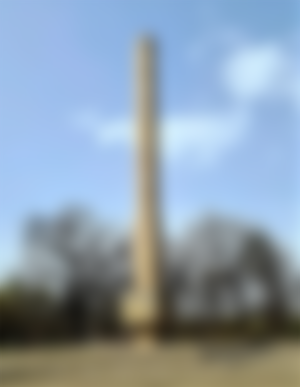
The main railway station is an important transport hub, connecting Bucharest with the seaside, and linking the Moldavian counties with the rest of the country. The city railway station was open in 1872, along with the Bucharest Galați route. I spent over 1600 hours travelling from Buzau to Galati during my Uni days... probably the same amount of time spent waiting for gwei to return to decent values.
Do you know that Buzau is the largest city in Europe and the 2nd in the world placed exactly at the half the distance between the North Pole and the Ecuator? I didn't knew either until they added this landmark close to the train station!

The city's most important educational landmark is the Hasdeu National College, attended by the Nobel prize winner George Emil Palade in his youth. The main museum in Buzău is the Buzău County Museum, which exhibits items related to the region's history.
The most important artefact hosted by the County Museum is the Pietroasele Treasure, a hoard of gold artifacts discovered during the 19th century. These precious objects were discovered in an ancient grave by two peasants while cutting limestone in a quarry for the building of a bridge.
The gold artifacts have been dated to the Gothic period, specifically between the late 4 th century AD and the middle of the 5 th century AD, such as rings, a patera (a shallow bowl used for libations), a large eagle-headed fibula (a brooch used to fasten garments) encrusted with semi-precious stones, and a twelve-sided cup.

Venturing out of the city will lead you to some of the weirdest natural phenomenon's on Earth. The "Living Fire" is common in the Terca village, where the natural gases are going out of ground are lighted up by the sun. Back in the days ... people thought that the entrance to Hell was there, and those were the devil's fires!
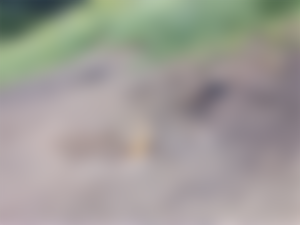
Strange things right? Not that weird as the Berca Mud Volcanoes! The geological and botanical reservation located in Scorțoasa hosts the spectacular mud volcanoes, small volcano-shaped structures typically a few meters high caused by the eruption of mud and natural gases.
The surrounding landscape formed by the dried off volcanic mud, getting as close as it gets to the Moon's landscape. The mud volcanoes create a strange lunar landscape, due to the absence of vegetation around the cones.
The gases erupt from 3000 metres deep towards the surface, through the underground layers of clay and water, pushing up underground salty water and mud. They overflow through the mouths of the volcanoes, while the gas emerges as bubbles. The mud expelled by them is cold, as it comes from inside the Earth's continental crust layers, and not from the hot mantle.
The reservation is unique in Romania but similar phenomena can be observed in Italy (Apennines and Sicily), Ukraine (in the Kerch Peninsula), Russia (Taman Peninsula) and Azerbaijan.
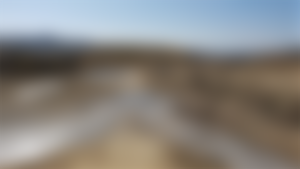
There is a lot to share and trust me on this... you will enjoy it! You will be amazed by my city, and the nearby attractions, maybe ending up with this as a destination on your bucket list. I was as amazed as you will be, a humble tourist in my home town!

Residual Income:
Play2Earn: Upland / Splinterlands / Doctor Who Worlds Apart
Get Plutus Card - 3% cashback on everything + Perks
CEXs and DEXs: OKX / Biswap / Binance / Crypto.com /
The fountains: PipeFlare ZCash, GlobalHive ZCash & Get.ZEN
Publishing bundle: Publish0x, Hive/Leo, readcash, LBRY & Presearch

